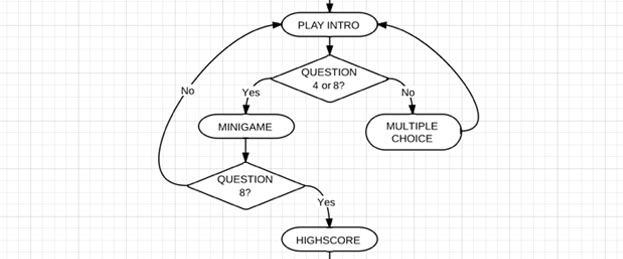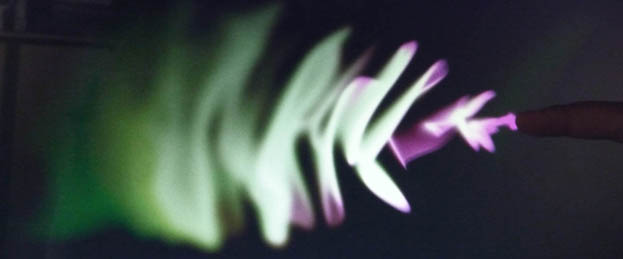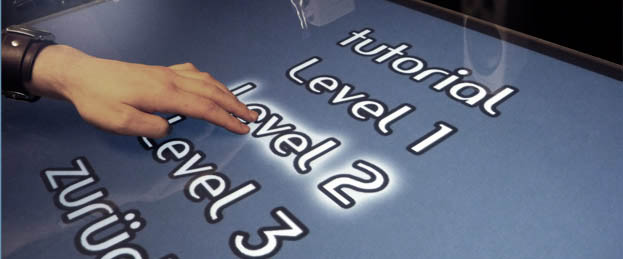Making The Game – Teil 15: Spielablauf und Spielphasen
The development of the component of the Games is one of the most elaborate parts of the application. So during the analysis and design phase of the game a flow chart from the players perspective is created (see right). After choosing the ammount of players in the round, the general procedure is explained to them, after which a short intro is played before the question shows up. After the fourth and eighth round of questions a mini-game starts in order to create variety in the game. After the second mini-game the high score is shown and the game is over. As the players point of view is different from […]





